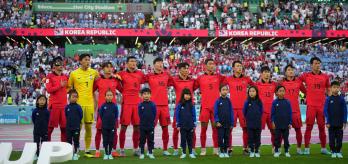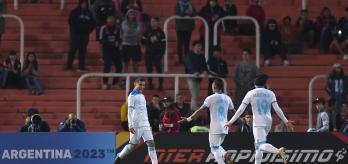Developing elite footballers is not straightforward. In the modern game, talent development is a formal process based on observed data and hours of training to enhance a player’s technical, tactical, physical, and psychosocial skills. In this presentation, Cristian Aleza and Carlo Cataldo explain the work of the FIFA Talent Development Scheme in Honduras, which is fundamentally changing the country’s approach to identifying and nurturing talent.
Good practice
-
Maintaining close contact with local leagues and professional clubs is critical to a national talent development system. This allows coaches to monitor youth players when they are training elsewhere, and drives up standards.
-
The use of observational data and an established methodology gives coaches an easy way to classify hundreds of players based on their performance.
-
Flexible, varied training sessions help develop well-rounded players who can adapt to changing conditions within a game. Designing this kind of session also requires creativity from coaches.
Watch presentation
Read summary
Part 1: Developing players and coaches
The FIFA Talent Development Scheme (TDS) in Honduras has two principal objectives: (1) to develop players to represent their national sides, and (2) to create a better future for football in the country. To that end, Honduras have established six development centres across the country where players train three times a week. Sessions are planned around 2–3-month micro-cycles that increase in complexity throughout the season. Players are assessed at the end of each cycle and selected for youth national teams based on performance. To encourage players to show initiative and adapt to new situations in-game, coaches use a “three Vs” approach that adds variety, variation, and variability to training sessions.
Part 2: The talent ID process
Talent ID and tracking are key to player development. To monitor the hundreds of youth players in Honduras, they have created a talent ID system that categorises players according to ability. Each player is assessed on everything from their tactical understanding to their home life. They are evaluated at key milestones such as cycle changes, the start of the league season, and major games. Players are then placed into national, regional, and local talent categories. At the end of each cycle, they may be reclassified based on their progress. The coaches and scouts meet routinely to discuss player progress and improve their talent ID methodology.
Q&A
03:38
How do you plan the talent ID events and incorporate the players into the talent development centres?
06:25
How do you ensure that all the development centres are monitored and followed?
08:12
What has your greatest on-field objective been?
09:45
How did you create the Honduran game model? What is the style of play based on?









